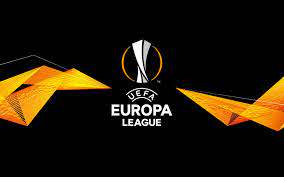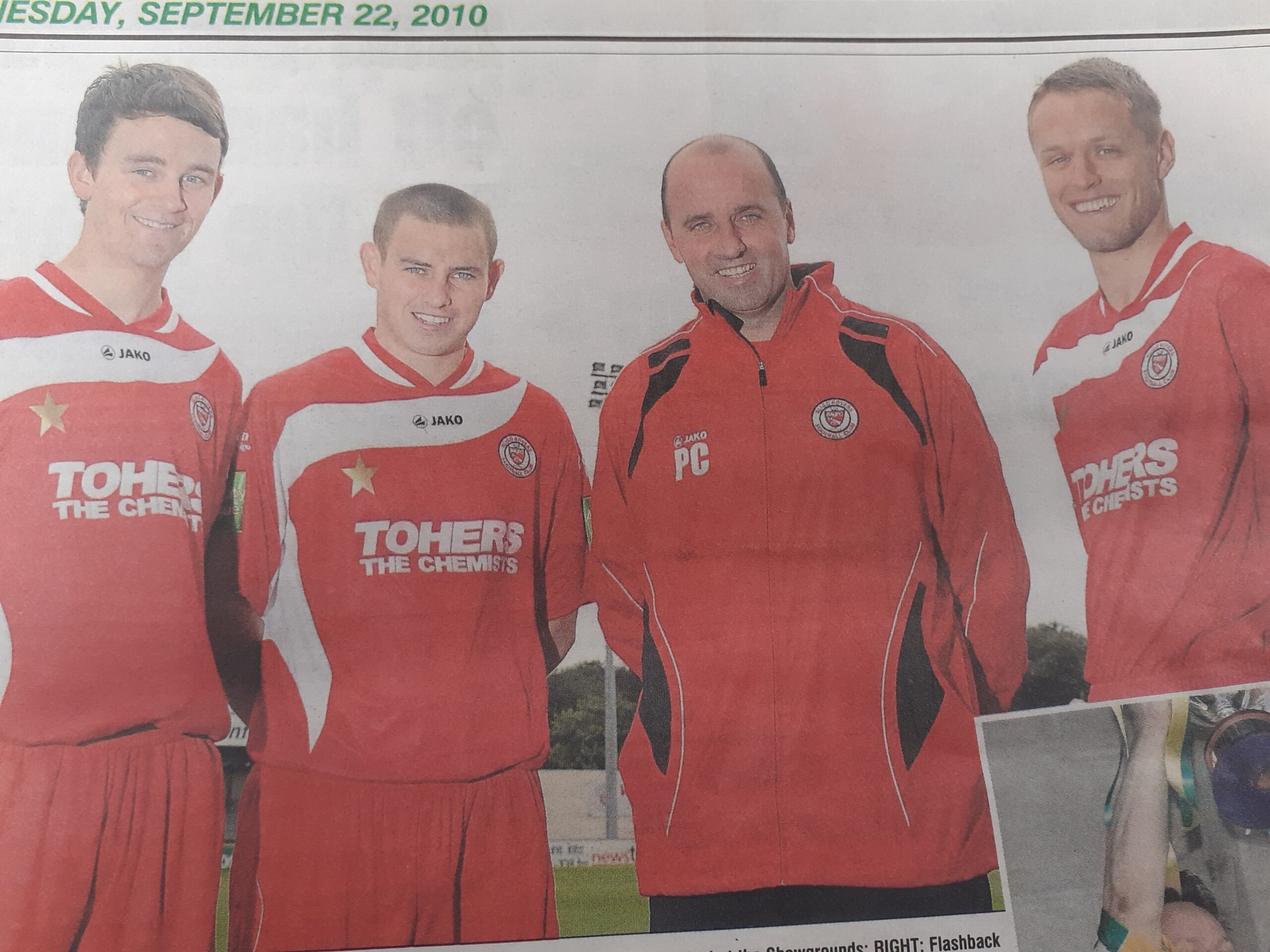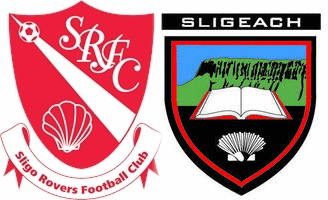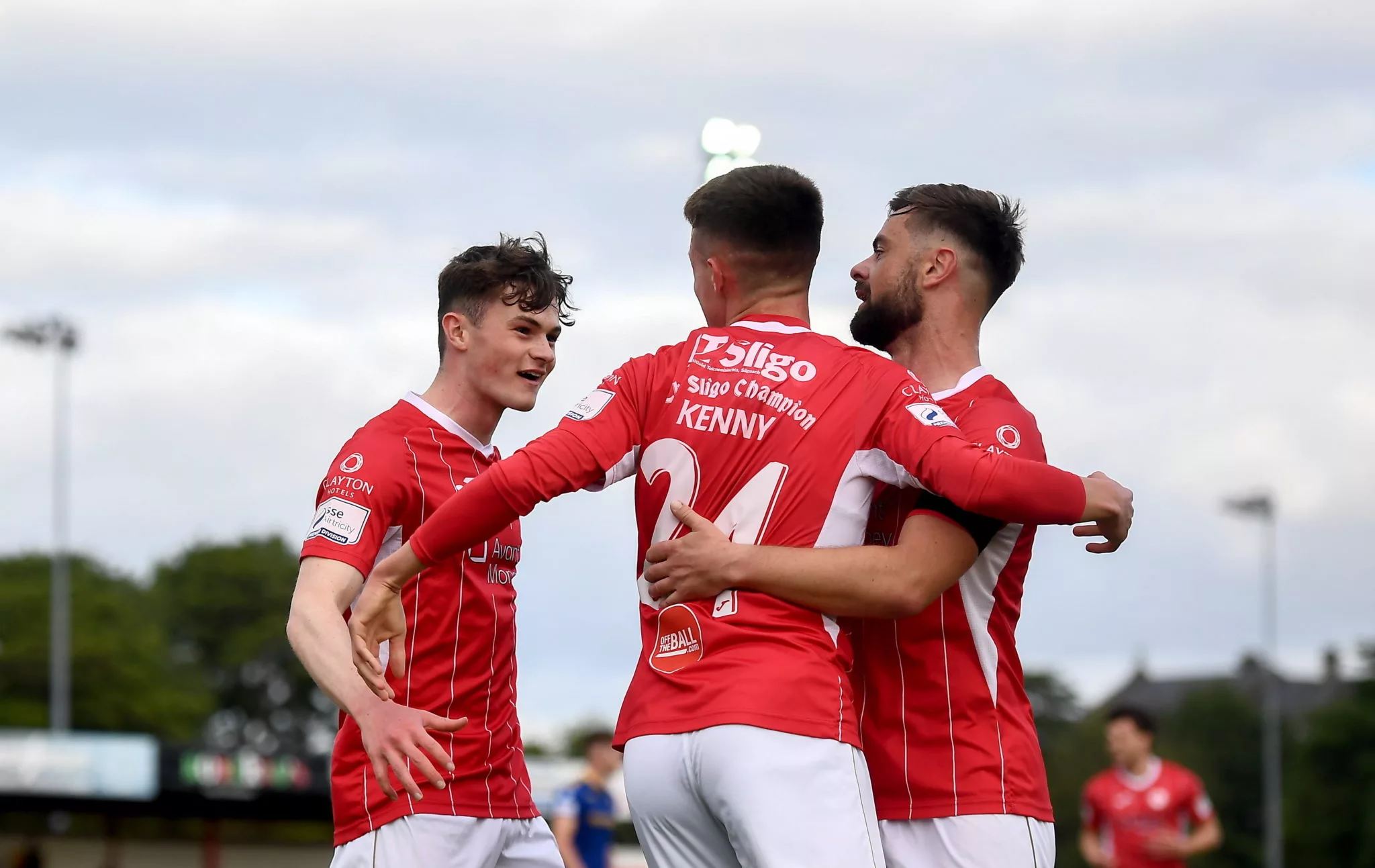
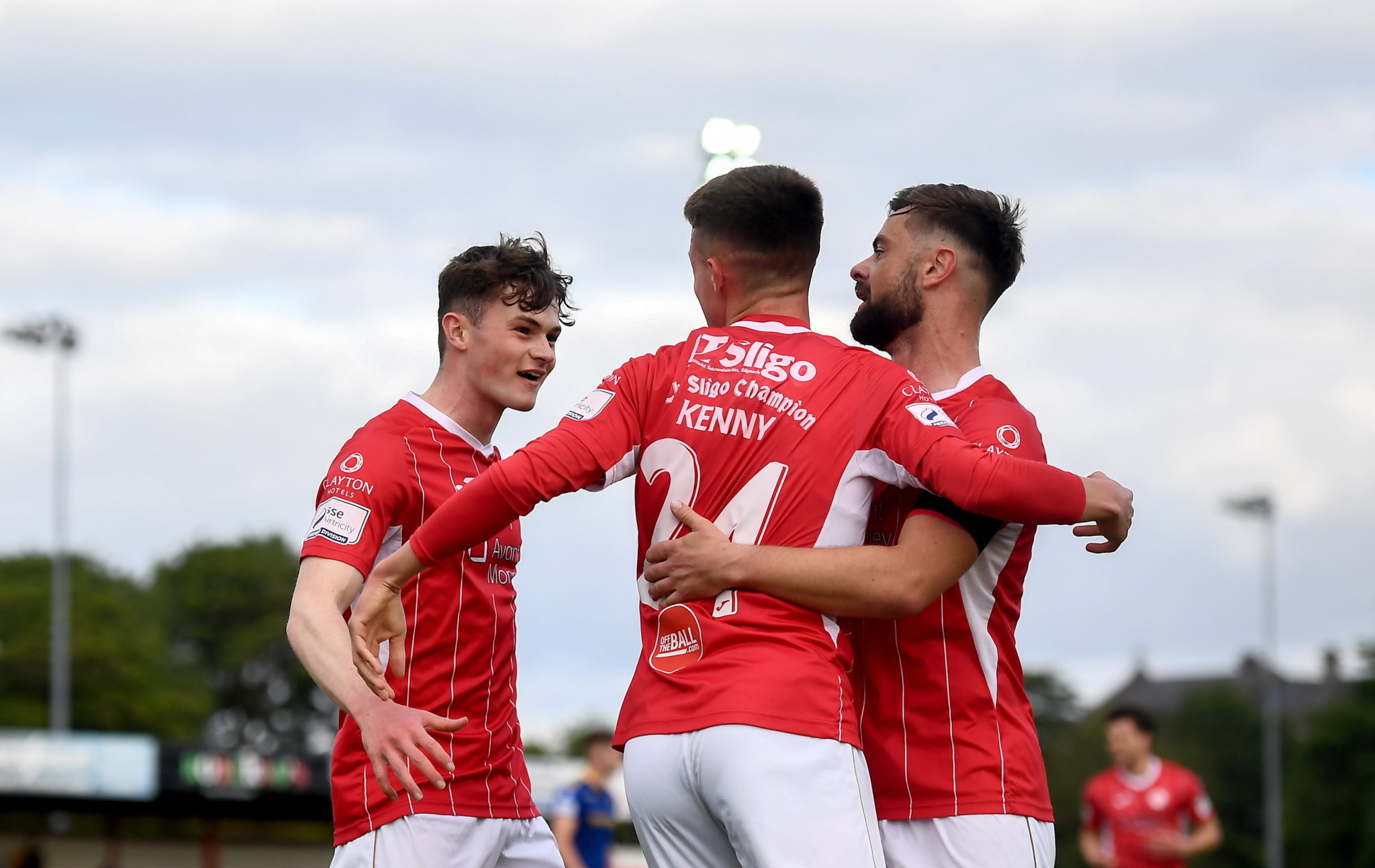
Covid…………19
Sligo Rovers…20
LEO GRAY lists 20 uplifting moments and events over the course of the last 20 months which offered fans of Sligo Rovers some welcome respite from the relentless deluge of despair and frustration during the Covid 19 pandemic
1: BORST (Bit O Red Supporters’ Trust) FUNDRAISER
When the outbreak of Covid in Ireland forced the League to a devastating halt in March 2020, Sligo Rovers were plunged into a major crisis, with no meaningful income and huge uncertainty over what the future had in store. In a situation which called for steady nerves and unprecedented fortitude, the Bit O Red Supporters’ Trust came to the rescue, launching a major rallying call to the club’s fan base throughout Ireland and the Sligo diaspora in every corner of the globe. By the time the fund closed, over €85,000 had been raised – a staggering response, illustrating in a very graphic way the special place Sligo Rovers Football Club holds not just in the local community but in the hearts of Sligo people wherever they reside.
2: VITAL WIN IN DERRY
A season-defining fixture marked the restart of the League in 2020 with bottom of the table Rovers taking on North West rivals, Derry City, at the Brandywell. Another defeat here would have left the Bit O Red facing a relegation dogfight. Instead, we got a glimpse of what was to come as rejuvenated Rovers, feeding off the tremendous response to the fundraising efforts of the previous few months, secured three priceless points thanks to goals by Kyle Callan McFadden and Ronan Coughlan.
3: ANNIE WEST
Acclaimed illustrator, Annie West lent her considerable talent to Rovers’ cause with the production of a magnificent portrait of the club’s rollercoaster history. The unique illustration captured the very essence of the club, displaying images of the characters and personalities who enriched the Sligo Rovers story down through the years. Nancy Callaghan, Dixie Dean and Johnny Chada are just some of the great Rovers legends featured in Annie’s iconic production.
“I’m not really a football fan but it looked like Covid was about to do something bad to Sligo Rovers and I just thought it would be nice to help out in some way”, Annie explained.
Sales of the beautiful poster have raised substantial funds for the club.
4: EVERTON PARTNERSHIP
The association between Sligo Rovers and Everton Football Club goes back a long way – all the way to 1939 in fact when the legendary England star Dixie Dean joined the Bit O Red in what is still considered one of the all-time great coups by an Irish soccer team. Add former Showgrounds hero, Seamus Coleman, to the mix and you get some idea of the significant links between the two clubs. Now all of that has been copperfastened by a new strategic partnership between Rovers and Everton. The initiative involves links across a broad range of important areas, including commercial, fan engagement and coaching. The partnership will be of enormous benefit to both clubs. In Rovers case, it will enable the club’s coaches to acquire new skills and knowledge and in a wider context will help the club to grow its fanbase in Ireland and overseas.
5: EUROPEAN QUALIFICATION 2021
From bottom of the table in July to European qualification at the end of the season. That was the extraordinary journey fashioned by Liam Buckley and his outstanding team. Rovers place in the 2021 Europa Conference League was secured with a thrilling 2-0 win over Dundalk at Oriel Park in the last game of the 2020 campaign. Jesse Devers set the scene with the opening goal and Ronan Coughlan made sure of a famous victory with a stunning second in injury time.
6: BABY BOOM
We all needed a lift during the gloomy days of Covid 19 and Rovers certainly came up with a gem of an initiative when they announced that every new-born baby at Sligo University Hospital during 2021 would receive a Rovers jersey as a special gift on the day of their birth. It’s estimated that the project will see about 1,000 families in Sligo, Leitrim, Donegal, Roscommon and Mayo receiving a replica of Rovers 2021 jersey. It’s the first such initiative undertaken by a League of Ireland Club and stemmed from an idea first mooted by the BORST. It will ensure that a love of Rovers will pass from one generation to the next – which has always been the way of things in Sligo, and it is also the club’s way of acknowledging the heroic work of the frontline staff at Sligo University Hospital during the pandemic
7: PODCAST PLEASURES
Rovers fans got an extra treat when the BORST launched a new podcast last Autumn. It’s a top class production, for the fans by the fans. Conor Lynch is a superb and knowledgeable anchor man and the passion of his co-presenters Shaun Dunne, Shane McGoldrick and Gerry O’Connor literally jumps out at you. Serious analysis, enthusiastic banter and cracking interviews are the main items on the menu but literally anything can, and frequently does, crop up along the way. The podcast has grown to be one of the most popular in the country in the last few months – and it’s easy to see why. If you haven’t yet given it a listen, be sure to get on board. It’s a sheer delight.
8: THE SHOWGROUNDS WALL AND OUTDOOR MUSEUM
The impressive improvements to the Showgrounds over the last number of years will stand as a lasting legacy to this current period in the club’s history. And striking features of recent developments are two magnificent initiatives – the Showgrounds Wall and the Outdoor Museum.
The Wall affords fans of the club an opportunity to honour special people in their lives – past and present – by erecting a special tile on a new commemorative wall at the Showgrounds. It’s a lovely idea and will be treasured by generations to come. It’s proved to be a great success with phase 3 of the Wall now in construction.
The Outdoor Museum acknowledges some of the legendary players, committee members and volunteers who gave invaluable service to the Bit O Red down through the years. From Dixie Dean to Tony Fagan to the modern heroes, it’s a who’s who in the storied history of Sligo Rovers. Earlier this year, the club produced a special video, offering a virtual tour of the Museum with narration by Jim Gray, and it’s well worth a look. These two initiatives are unique in the League of Ireland and emphasise yet again what a wonderful community club we are fortunate to have on our doorstep.
9: SUCCESSFUL ACADEMY
Rovers continue to produce top quality players through their Academy system, a fact underlined by the number of graduates currently operating to a successful level with the first team. The appointment of Conor O’Grady as Head of Academy and the introduction of under 17 and under 19 girls teams this season are important developments which will underpin the success of the under-age structures of the club for boys and girls over the coming years. A number of Academy players received international recognition this season.
10: SHREWD RECRUITMENT
After the commendable progress during 2020, recruitment during the off-season was crucial to moving forward this season. And manager Liam Buckley certainly delivered the goods. Securing the services of the vastly experienced, Greg Bolger, was a smart piece of business as the former St. Pat’s, Cork City and Shamrock Rovers midfielder, has been immense this term. But several other new recruits have been just as influential. Jordan Gibson was a class act in the early part of the campaign while Robbie McCourt, Colm Horgan and Walter Figuera all played a part in establishing Rovers as genuine Euro contenders. Adam McDonnell and Andre Wright added further depth to the squad when they joined in the Summer window.
11: SHINE
If you ever needed proof that Sligo Rovers Football Club is more than just about winning trophies, the masterful documentary by Oisin and Michael Moran offers compelling evidence. ‘Shine’ pays due homage to the glory days and those who fashioned them but, more importantly in the context of the overall status of Rovers as a cherished part of Sligo’s fabric, it’s a deep dig into the very core of the club. Interviews with long standing fans reveal the extraordinary sense of identity associated with following Sligo Rovers. The interview with Joe Martyn, who is in his 90s and retains a boyhood love for his local club, sums it all up perfectly. The gorgeous music of Pearse McGloughlin adds to the uplifting experience.
12: JOHNNY KENNY
The emergence of Johnny Kenny has been one of the great joys of the season. Rovers has always been a welcoming club and we’ve had many genuine heroes to acclaim from all over the World but there is always something special about a young local lad stepping up the mark. Johnny Kenny didn’t lick his talent off the stones, as they say. His dad, Johnny, was a mesmerising winger back in the day, and a smashing lad to boot. Young Johnny has all his Dad’s flair and pace and exuberance, but he’s a star in his own right and the Showgrounds faithful love him. Three goals in as many games for the Irish U.19s recently underline his unlimited potential.
13: TAKING THE SPOILS AT TALLAGHT
Any win over Shamrock Rovers is to be treasured so I had to include the 1-0 victory over the Hoops at Tallaght early in the season in the top twenty. The result, fashioned from a highly efficient display, took Rovers to the top of the table, which made the victory all the sweeter. The only goal of the game was a cracker, Jordan Gibson’s inch-perfect pass duly dispatched in classic style by Romeo Parkes. In the words of the co-commentator on the night, it was ‘defin-nightly’ a memorable occasion for the Bit O Red.
14: JOEY N’DO
The gift that keeps on giving. He dazzled us during his playing career, now he’s delightfully entertaining us as a co-commentator on some of Rovers matches. Football is the beautiful game but few see the beauty in it the way Joey sees it. He’s on a different level, maybe even a different planet, when it comes to expressing the sheer joy and fulfilment one gets from watching twenty-two athletes battling for supremacy on a football field. Exhilarating. Welcome to Heaven, Welcome to Heaven.
15: JOSEPH CULLEN
Beautiful moment of the season goes to Rovers decision to dedicate their win over Finn Harps at Ballybofey on May 28th to Sligo’s Special Olympian Joseph Cullen. Earlier that week, Joseph was discharged from Sligo University Hospital after 114 days battling Covid 19. A fanatical Bit O Red fan, Joseph won a Gold medal in the 100m Medley at the World Summer Games in Athens in 2011.
16: ROVERS FANS RETURN
Fans were welcomed back to the Showgrounds for the first time since March for a League game against Drogheda United on June 12th.Unfortunately, the occasion fell a bit flat when the Drogs snatched a shock 2-1 win. However, supporters who gained entry to the home game against Bohs a few weeks later were treated to champagne football as the Bit O Red produced a sensational performance, trouncing the Dubliners 4-0. A special night.
17: PLANNING FOR THE FUTURE
Rovers reputation as one of the most progressive clubs in the country was further enhanced with the publication of a comprehensive development plan. An ambitious project, costed at €17.3m, will include major developments at the Showgrounds as well as the provision of a new Academy complex on a separate site. Spearheaded by Chairman, Tommy Higgins and the Board, and with the endorsement of the FAI and Sligo County Council, the scheme will see the enhancement of the existing Treacy Avenue and Railway End stands, the construction of new stands at Jinks Avenue and the Church Hill end of the Stadium, the installation of new floodlights, turnstiles, shops, corporate and hospitality facilities, upgraded media facilities and a Gym. When complete, it will comprise a 6,000 all seater stadium.
18: GIRL POWER
In what is seen as a highly significant development, Rovers, in partnership with IT Sligo, announced plans to form a senior women’s team with a view to joining the SSE Airtricity National League from the 2022 season. The IT extended sports scholarships to women soccer players, giving them the opportunity to play at senior level for Rovers. The initiative will give female footballers in the region something to work towards academically and in sporting terms.
19: GET YOUR PASSPORTS READY
For the second year in row, Rovers defied the odds to claim a place in European football. A poor run of form after the Summer break threatened to derail the club’s Euro bid but when the pressure came on in a tense run-in to the League, Rovers delivered in stunning fashion. A 2-2 draw away to Finn Harps was followed by three crucial wins on the bounce, 2-0 at home to Drogheda, a dramatic 1-0 win over Longford at the Showgrounds and then a pulsating 3-0 victory away to St. Pat’s. A place in the 2022 Europa Conference League had been secured with two games to spare, ensuring that the loyal Red Army will be on the march next Summer.
20: THE MAGNIFICENT SEVEN
With attentional already turning to the 2022 campaign, ambitious Rovers wasted no time in securing the services of several key players from this season’s squad. All seven players nominated for the coveted Player of the Year award 2021 have been tied down for the forthcoming campaign. They are Ed McGinty, Lewis Banks, John Mahon, Robbie McCourt, Gary Buckley, Johnny Kenny and Greg Bolger. Other valuable member of the 2021 squad, including Colm Horgan, Adam McDonnell and David Cawley are also on board.
